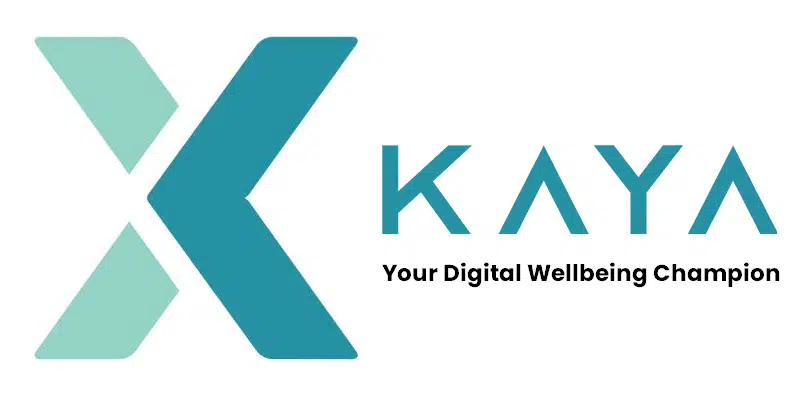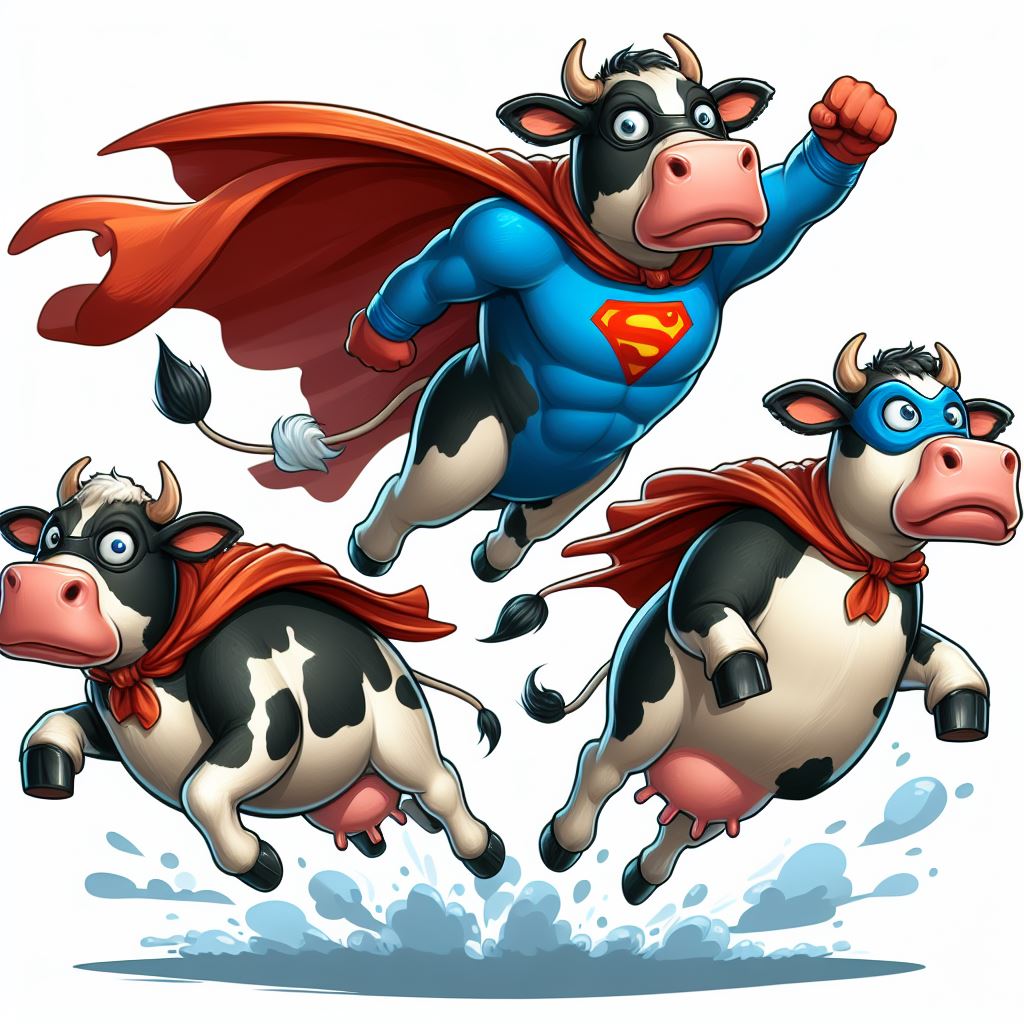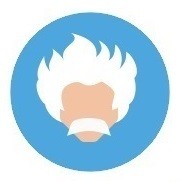

Behavioural personification is an unbiased view of what drives us, shapes us, and, as a result, helps us realise our Potential. These core drivers provide meaning to an individual’s view of the world and, more importantly, demonstrate that they are part of something greater than themselves. It gives meaning to their actions and helps them achieve their dreams by assisting them in believing that they were “chosen” to do something. Development & Accomplishment are the internal drive to progress, develop skills, and overcome challenges. The word “challenge” here is significant, motivating people to go the extra mile.
It would help if you dug deeper to understand what drives you as an individual. Let’s talk about behaviour. Let me warn you that purists would take offence to the picture we will paint, but that is a separate discussion. We are all familiar with the concept of the left brain, focused on logic, process, ownership, etc. Similarly, the right brain drives creativity and self-expression and fosters relationships. We need to realise that we also have a front brain and a rear brain. The front brain, in common parlance, is about taking risks, and the back brain, in the same light, is about avoiding risks. At the core of who we are lies our table of values. When I say values, I mean values you acquire genetically, socially from friends and family and societally from society. We build our view of the world and shape it constantly by evaluating our experiences and comparing them against our previous experiences. We then decide to either add this knowledge to alter our perception and, as a result, our behaviour, or we could ignore it as it does not support our beliefs and values.
Let me start by narrating a story.

The story on Behavioural personification(BP) warrants you to take a journey back in time to understand how we as people evolved. We were pure/ clean when we were born, with no preconceived notions or perceptions. We saw the world in absolutes. Black or white, Happy or unhappy. We relied on people (mainly our parents) and did not do anything risky. Even when not moving, we rapidly absorb the world around us. The sense of smell, the colour, and the environment we were in also formed our first judgments. We learnt that when we are hungry and cry, we get fed, and when we are cold, we get wrapped up, and so on. This learning got embedded into our table of values. Notice that we were all addressed as Angels , and boy, oh boy, we were loved by everyone. We needed people to be around, and we loved giving attention and getting attention in bucket loads.

We then started to move. We started crawling and exploring the world with our hands, legs, and tongues. This journey of discovery still needed the support of people (mainly parents), and we were allowed to take risks. Whenever we discover something, we subconsciously visit our values table and enrich our worldview. We start becoming more creative. During this time, we use the same toys repeatedly to figure things out and try different combinations. In this phase, we tend to use art and play with toys like Lego to kickstart our self-expression, which fuels our ability to form a personality during this stage. Increased mobility leads us to expand our horizons, and we also learn to synthesise information meaningfully.

Once we have discovered the world enough, we tend to do things our parents initially prohibited. We crave to stop being reliant and become more independent during this stage. When someone tries to feed us, we turn around and say I can do it. We see and believe that we are invincible. We are the next superhero to walk on earth. When we grow confident, we often do riskier things—jumping on the stairs rather than just descending from them. We tend to become defiant and value our sense of achievement, and Accomplishment spurs us to do more. Through defiance, we experience winning an argument, leading us to experience failures. We understand the power of rewards and reprimands – Remember the naughty step? We imbibe these learnings and build our table of values.

In this cycle, we also realise that not every adventure we embark on reveals our heroic nature. Our failures or reprimands teach us that we need to learn more. We now work out a formal system to understand the world. We chart the courses, identify pitfalls and take a more cautious approach to taking risks. We cease to be reckless and tend to Explore the world more objectively through this newfound wisdom, which fuels a sense of ownership as we believe we can control our outcomes by taking control, owning it, and understanding it. This sense of ownership fuels our desire to improve ourselves and become the best version of ourselves. Once again, these learnings help shape the table of values as we grow up.
We never stop going through this cycle of drivers: Angel (Starts when we are born), Discoverer, Hero (Active phase between 2 to 6 years), and Explorer(6 to 11 years). By this stage, we form a concrete operational view of the world (unsurprisingly, we have 11+ tests). We go through our experiences of the world and shape the drivers. While we can be all the drivers, our table of values and world model help us use a dominant driver. This model then influences how we take in the experiences we encounter later. Seeing a spider could instil fear or curiosity, and we could either be heroic and grab the spider by its arms or decide to be kind like an angel. As a result, our drivers constantly influence our behaviours. The language we speak, how we say it, and the meaning we associate with it are all influenced by this.
Whilst there are many applications in an organisation, the first application helps us to understand how drivers can influence teamwork. A hero is focused on winning and typically pushes people to achieve what they want. They are the red leaders, and winning and being competitive drives them. If they have a team of angels, then the heroes would struggle as angels value teamwork and love to pull rather than push people. People who have opposite drivers can cause frustration in both parties. Similarly, when discoverers in a team start on their journey, they can be seen as reckless, less practical, woolly, indecisive people by explorers who want to cross the T’s and dot the I’s.
If a team has an explorer and heroes, they will be able to focus on planning and winning and could easily forget that they need to carry people with them. This approach also creates a winner’s block, as that mindset alone would prevent them from trying new ways of doing things where discoverers thrive. As a result, the team could be good but need help to become great. If a team has discoverers and angels, they work well. There is much harmony among them, but frustration can creep in as discoverers keep shifting goalposts as they get excited by new ideas, and angels would only move once everyone is on board.
Remember, an organisation is a collection of individuals. Individual behaviours and values then shape the culture. It is essential to understand the team’s makeup before embarking on any change in the organisation. For example, when creating an organisation’s purpose, it is crucial to understand what drives you, the leadership team and what drives and motivates your organisation. This micro and macro-level view of the company will help create specific team communication tactics.
Every driver has a place in the team, and the challenge is to acknowledge that and also appreciate that a team will need almost all of these drivers to perform effectively. You can clearly appreciate their viewpoint by understanding what drives you and your team members. If you can do that, you can communicate in an endearing way that appeals to them. BP helps open the doors to this beautiful journey of self-discovery and helps create teams that work effectively to move from good to great.
| Cookie | Duration | Description |
|---|---|---|
| cookielawinfo-checkbox-analytics | 11 months | Kaya - Demonstrating the impact of your people investments using data and insights Kaya measures cost of people and poor wellbeing, shows its impact on performance, generates actionable plans to address these challenges This cookie is set by GDPR Cookie Consent plugin. The cookie is used to store the user consent for the cookies in the category "Analytics". |
| cookielawinfo-checkbox-functional | 11 months | Kaya - Demonstrating the impact of your people investments using data and insights Kaya measures cost of people and poor wellbeing, shows its impact on performance, generates actionable plans to address these challenges The cookie is set by GDPR cookie consent to record the user consent for the cookies in the category "Functional". |
| cookielawinfo-checkbox-necessary | 11 months | Kaya - Demonstrating the impact of your people investments using data and insights Kaya measures cost of people and poor wellbeing, shows its impact on performance, generates actionable plans to address these challenges This cookie is set by GDPR Cookie Consent plugin. The cookies is used to store the user consent for the cookies in the category "Necessary". |
| cookielawinfo-checkbox-others | 11 months | Kaya - Demonstrating the impact of your people investments using data and insights Kaya measures cost of people and poor wellbeing, shows its impact on performance, generates actionable plans to address these challenges This cookie is set by GDPR Cookie Consent plugin. The cookie is used to store the user consent for the cookies in the category "Other. |
| cookielawinfo-checkbox-performance | 11 months | Kaya - Demonstrating the impact of your people investments using data and insights Kaya measures cost of people and poor wellbeing, shows its impact on performance, generates actionable plans to address these challenges This cookie is set by GDPR Cookie Consent plugin. The cookie is used to store the user consent for the cookies in the category "Performance". |
| viewed_cookie_policy | 11 months | Kaya - Demonstrating the impact of your people investments using data and insights Kaya measures cost of people and poor wellbeing, shows its impact on performance, generates actionable plans to address these challenges |